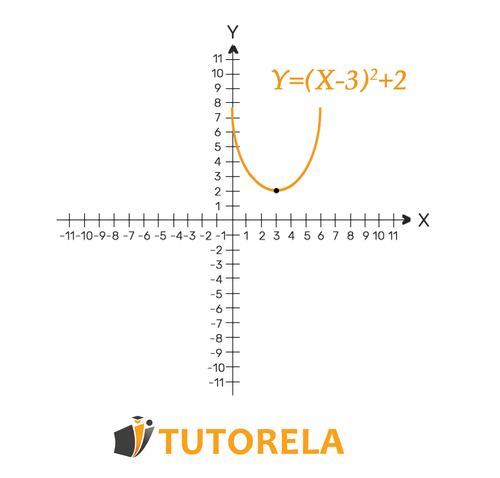Which equation represents the function:
y=x2
moved 2 spaces to the right
and 5 spaces upwards.
To solve this problem, we'll start by understanding the transformations required:
- The original function is y=x2.
- We need to move this function 2 spaces to the right and 5 spaces upwards.
Step 1: Apply the horizontal shift 2 units to the right.
To shift a function horizontally, replace x with x−h, where h is the shift to the right. Thus, we replace x with x−2 to get:
y=(x−2)2.
Step 2: Apply the vertical shift 5 units upwards.
To shift a function vertically, add k to the function, where k is the number of units to shift up. Thus:
y=(x−2)2+5.
Combining these transformations, the equation of the transformed function is:
y=(x−2)2+5.
This matches the choice labeled as 3. Thus, the correct equation after translating the parabola 2 spaces to the right and 5 spaces upwards is:
y=(x−2)2+5.
y=(x−2)2+5










